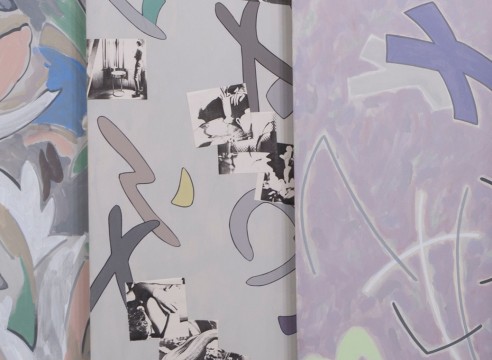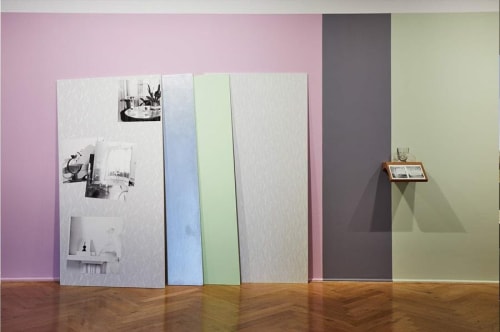

Following the Nazi occupation of France in 1940, communists, Jews and members of the Resistance sought refuge at a local chateau run by the American journalist Varian Fry. In the middle of the war, Villa Air-Bel had been the temporary home of some of the 20th century’s most prominent artists and thinkers, including Wifredo Lam, Jacqueline Lamba, Victor Serge, Anna Seghers, Max Ernst, André Breton and Marcel Duchamp, among many others. For a short time, it was a safe haven where political dissidents, united in uncertainty, suspended in time, engaged in playful artistic experiments to cope with their bleak realities, while they awaited the arrival of documents that would let them escape to the Americas. Today, little remains of this wartime sanctuary, no monuments, no reminders.
Over the past decades, the Musée Cantini has amassed an almost obsessive collection of images depicting Marseille’s Pont Transbordeur, a bridge built in 1905 to transport people and commodities from one side of the port to another. In 1944 it was destroyed by Nazis in an attempt to foil the liberation of Marseille. Now, it too persists only in the city’s collective memory.
The Refuge: Waiting for New Beginnings takes these two historical precedents as its starting point for telling stories about forms of isolation and refuge. It imagines how building new connections or bridging social and geographic divides could open portals to different worlds, helping us move beyond the structures that have come to dominate our reality.